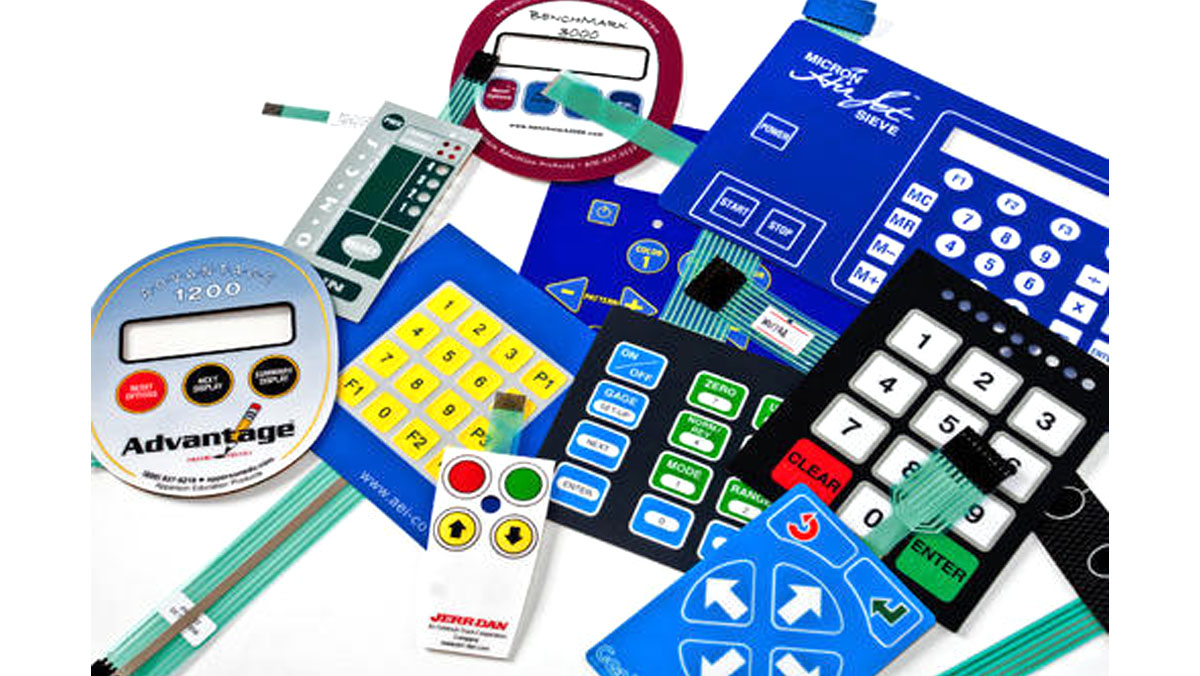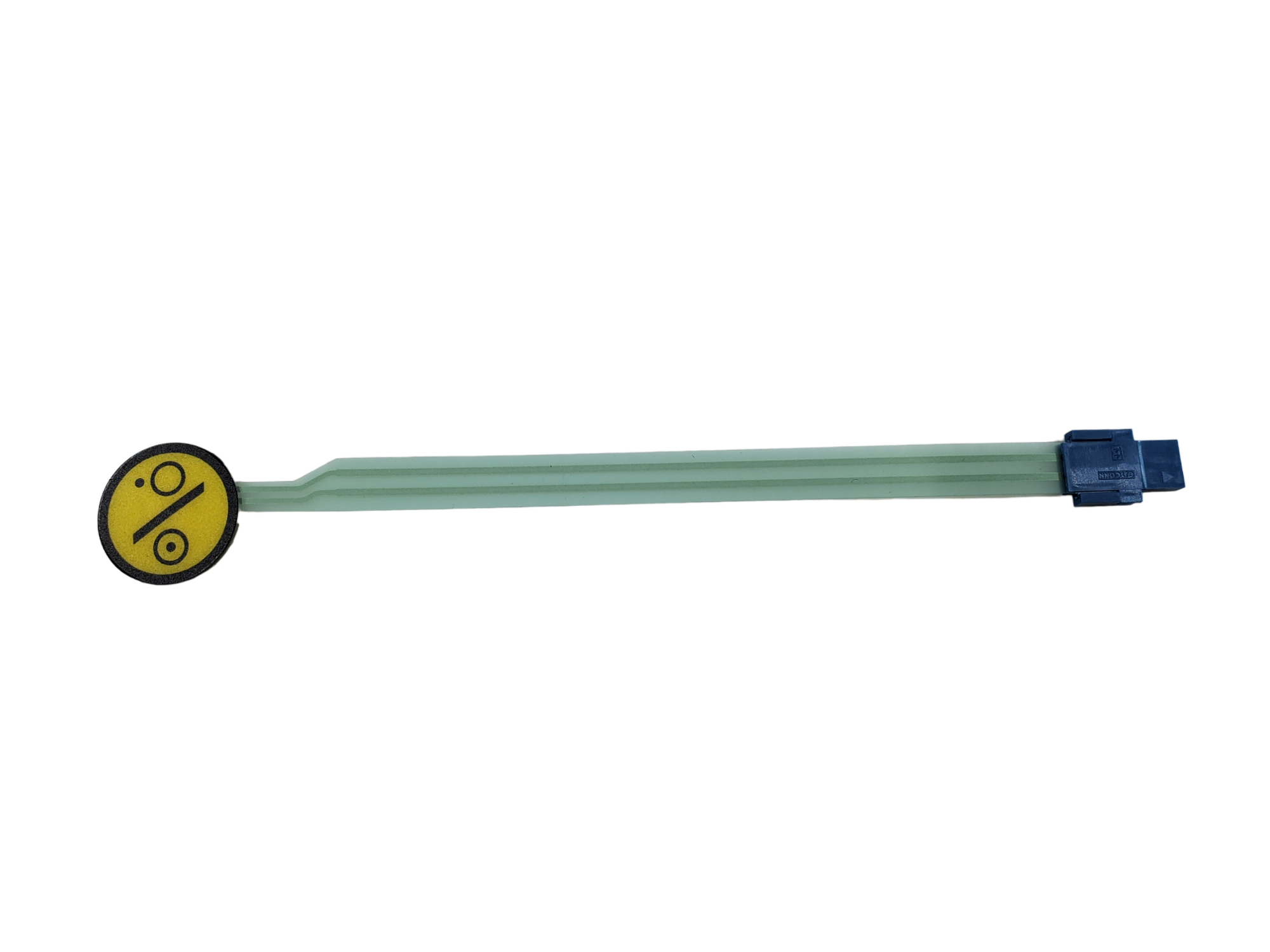Explore the Benefits of Using a Membrane Switch in Modern Devices
Explore the Benefits of Using a Membrane Switch in Modern Devices
Blog Article
Understanding Membrane Layer Changes: The Key to Reputable and durable Controls

What Are Membrane Switches?
Membrane buttons are an advanced solution in the world of interface technology, integrating functionality and design flawlessly. These gadgets function as an interface between users and digital systems, integrating several parts right into a small layout. Commonly constructed from adaptable, slim layers of materials, membrane buttons are made to react to touch, allowing customers to communicate with equipment and electronic tools effectively.
The key aspects of a membrane layer switch include a printed circuit layer, visuals overlay, and a spacer layer that prevents unintended activation. The visuals overlay can be tailored to reflect brand name identification or user preferences, boosting aesthetic appeals while making certain functionality. Membrane buttons are frequently used in numerous applications, consisting of medical devices, customer electronic devices, and industrial tools, owing to their toughness and resistance to ecological aspects such as wetness and dust.
Among the key advantages of membrane layer buttons is their capacity to endure damage, making them perfect for high-traffic settings. In addition, they are light-weight and call for very little space, permitting ingenious styles in product growth. Generally, membrane layer changes represent a reliable and useful choice for contemporary electronic user interfaces, weding modern technology with user-centric style concepts.
How Membrane Layer Switches Work
The operation of membrane layer switches joints on a simple yet effective system that equates customer input right into digital signals. When an individual presses the switch, the top layer deforms, enabling a conductive aspect in the circuit layer to make call with a corresponding conductive pad on the bottom of the graphic overlay.
The style of membrane buttons can differ, but they commonly incorporate domes or responsive aspects to give feedback to the individual, enhancing the overall experience - membrane switch. The products utilized in membrane buttons, such as polyester or polycarbonate, add to their toughness and resistance to environmental factors, consisting of dampness and dust. Moreover, the published circuits are generally encapsulated, which safeguards them from wear and tear in time.
Benefits of Membrane Buttons

Furthermore, membrane layer switches are known for their toughness. Built from durable products, they are immune to dirt, dampness, and physical wear, which considerably prolongs their lifespan compared to typical mechanical buttons. This longevity makes them specifically ideal for high-traffic atmospheres and applications needing longevity.
An additional significant advantage is the convenience of cleaning and upkeep. The smooth surface area of membrane layer changes lessens dust build-up and is usually impervious to spills, making them perfect for setups that call for regular sanitization.
Moreover, membrane layer buttons offer a streamlined profile, bring about a thinner style that can be integrated into different devices without adding bulk. This attribute not just boosts the aesthetic appeal however likewise adds to an extra ergonomic item design.
Applications of Membrane Layer Switches
Flexible and straightforward, membrane buttons discover applications throughout a wide variety of markets, consisting of clinical gadgets, customer electronics, and industrial devices. In the clinical area, these switches are important to gadgets such as analysis tools, client monitoring systems, and mixture pumps, where reliability and convenience of cleansing are crucial. Their capacity next page to endure rough atmospheres and maintain functionality makes them suitable for such applications.

In customer electronic devices, membrane layer switches are utilized in items like microwaves, washing makers, and push-button controls - membrane switch. Their sleek layout allows for intuitive interface, boosting the overall user experience while providing resilience and resistance to tear and wear
Commercial devices likewise gains from membrane layer buttons, particularly in control panels for machinery and automation systems. These buttons provide protection against dirt and moisture, guaranteeing consistent performance in challenging environments. Moreover, their personalized attributes allow manufacturers to customize them to specific operational demands, improving effectiveness and functionality.
Selecting the Right Membrane Switch
When choosing a membrane switch, it is necessary to think about numerous aspects that affect performance and viability for details applications. The key factors to consider consist of environmental problems, tactile responses, sturdiness, and layout specifications.
First, examine the operating atmosphere; switches revealed to wetness, chemicals, or severe temperatures call for details materials to guarantee longevity and functionality. Next off, evaluate the need for responsive feedback. Relying on customer communication, some applications might gain from a tactile action to confirm activation, while others may choose a non-tactile style for aesthetic reasons.
Durability is one more crucial factor; membrane switches must be created to stand More Bonuses up to frequent use, effects, and abrasion. Make certain the chosen switch can endure the anticipated lifecycle, particularly in high-usage situations.

Verdict
In verdict, membrane layer switches serve as vital components in the layout of trustworthy and long lasting control systems across various industries. The adaptability of membrane switches over allows for tailored solutions that satisfy specific operational requirements, enhancing their relevance in contemporary innovation.
Membrane layer switches over represent a vital facet of modern interface design, blending functionality with resilience in numerous applications.Membrane buttons are a sophisticated solution in the realm of user interface innovation, integrating capability and layout seamlessly. Normally constructed from flexible, thin layers of materials, membrane switches are designed to react to touch, making it possible for individuals to engage with equipment and digital devices efficiently.
The design of membrane switches can differ, yet they usually incorporate domes or responsive components to give comments to the customer, boosting the general experience.In final thought, membrane layer switches serve as necessary parts in the layout of reliable and sturdy control systems across numerous markets.
Report this page